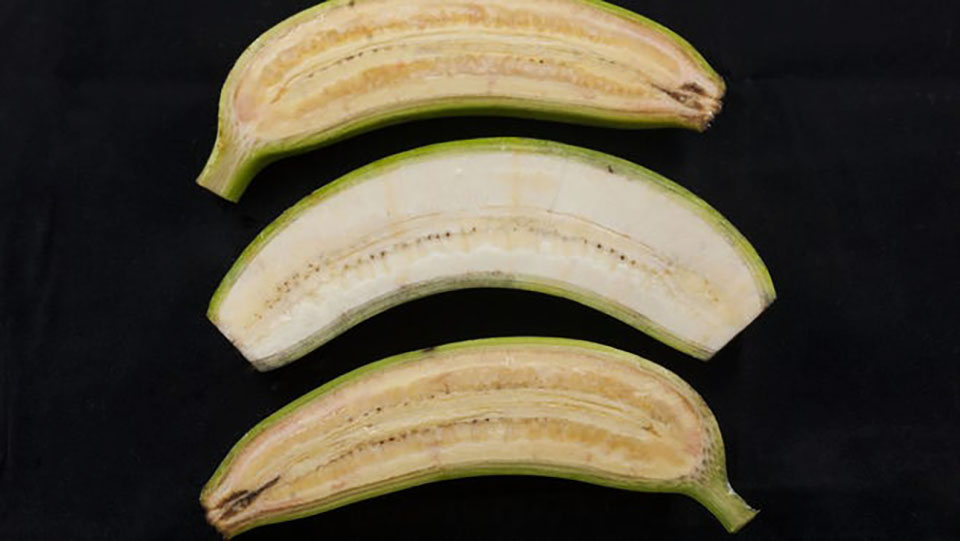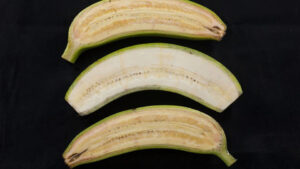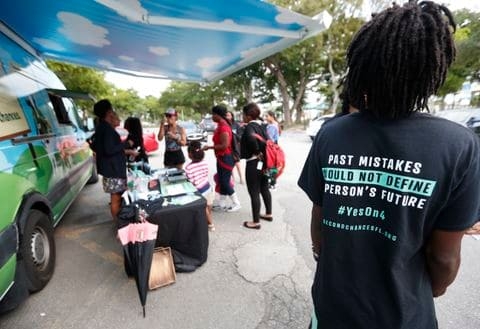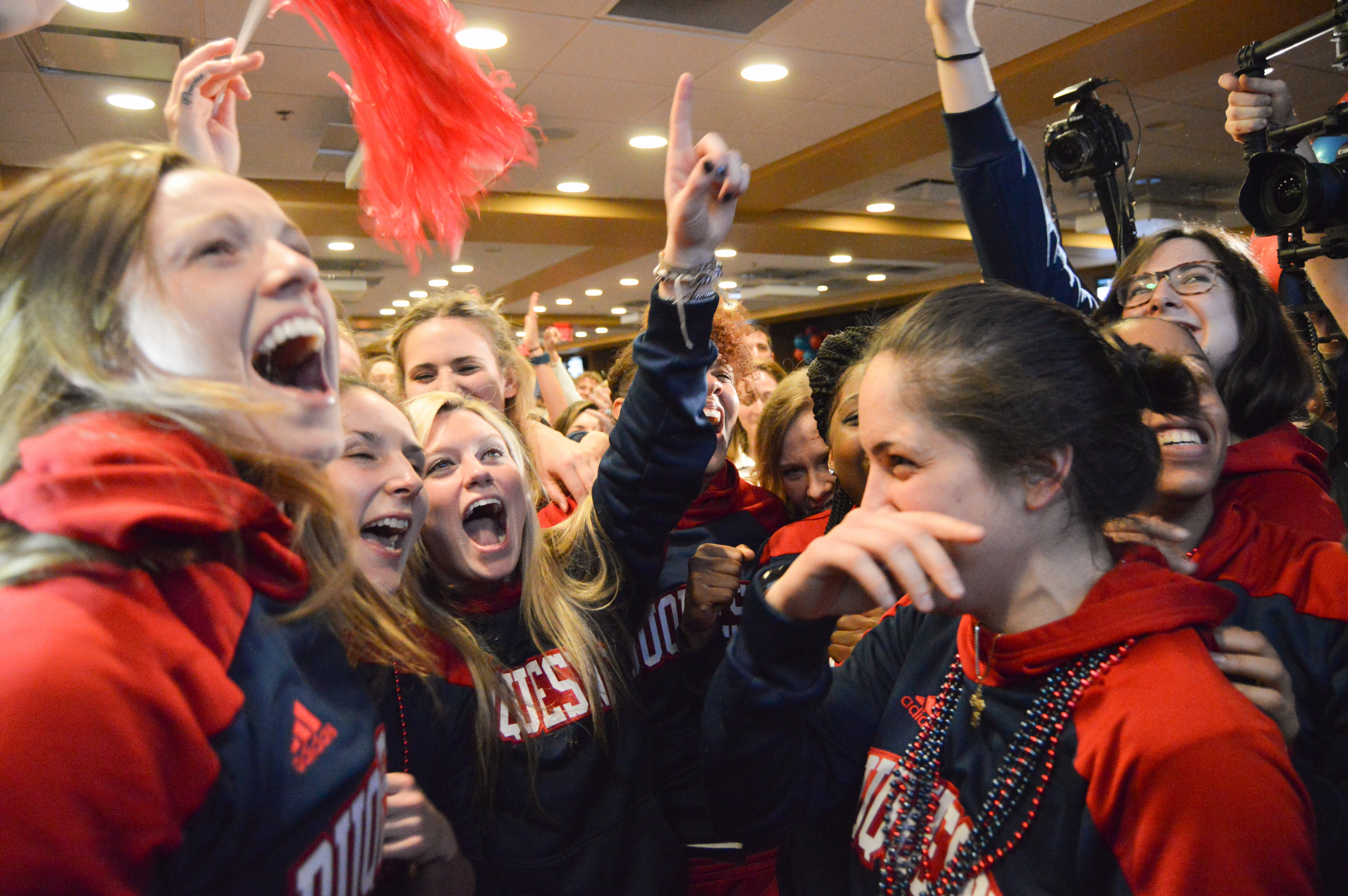
2/13/20
Hannah Boucher | Staff Columnist

Genetically modified organisms (GMOs) are not as new of a concept as many would like to believe. While it has been a controversial scientific advancement since the 1970s, when Herbert Boyer and Stanley Cohen invented modern-day genetic engineering, artificial selection has been used to cultivate crops and animals for over 30,000 years.
The misconception that GMOs are dangerous has derived from a misunderstanding of the definition. In fact, agriculture exists because humans selectively bred organisms to cater to their needs. This is the definition of agriculture.
Genetic engineering — the true controversial topic — falls under the umbrella of genetic modification, which is what has brought society its big, red tomatoes, giant ears of yellow corn and sweet bananas.
The technology used to genetically engineer common produce can also be used on animals and bacteria. Cloning and gene transfer have been successfully carried out in scientific labs, however, these successes have been met with much concern.
While humans possess the power to multiply livestock by the masses, or create an entirely new species in a lab, that does not mean it should be done. These processes violate certain ethical standards because they are seen as being humane — which is technically true.
An example of this issue is the banana industry. The Cavendish banana — which is actually the second species commercially grown — fell victim to Panama disease, a fungus that spreads quickly and kills the entire plant. Bananas are mass produced by corporations such as Dole and Chiquita to appeal to the millions — but at a cost.
Scientists are struggling to find a banana plant that carries the gene that fights the disease to breed with the Cavendish. Banana plants are now dying at a faster rate than can be produced, meaning that they may go extinct. This is not the first occurrence of this issue either. In the 1950s, the first species of banana, the Gros Michael, was completely wiped out from a strain of the Panama disease.
The main difference between normal cultivation and monoculture is that monoculture decreases the variability within a population. Cultivation has been successfully practiced for thousands of years. Some of the most commonly consumed vegetables are actually all derived from the same species. Broccoli, cabbage, kale, brussel sprouts and a few other popular greens are all cultivated forms of Brassica oleracea, or, wild cabbage.
Although there are major risks associated with selective breeding, there are also major benefits. By selective the most favorable traits within a species, the fitness, or the species’ ability to produce viable offspring, increases.
This has helped the farming industry keep up with the growing pool of consumers that continues to increase as the population rises. Certain modifications reduce the need for pesticides and increase the overall crop yield, which also increases the overall income for farmers.
Another big issue with GMOs is that not all of the health risks are currently known. Before any new modified products are released to consumers, they must undergo a series of tests assessing the possible hazards posed from consumption. However, the regulations put in place by the Center for Food Safety [CFS] require all products that contain genetically engineered ingredients to be clearly labeled so people are aware of its contents.
It is important to consider though that many technological advancements pose risks to the general public. It is not the act of genetically manipulating an organism that is the problem, but rather the lack of consideration of the possible issues. Scientists must be careful not to cross a line because they hold the fate of species in their hands. There is nothing to fear when it comes to GMOs. Civilization would be nonexistent without the cultivation of crops and animals.



